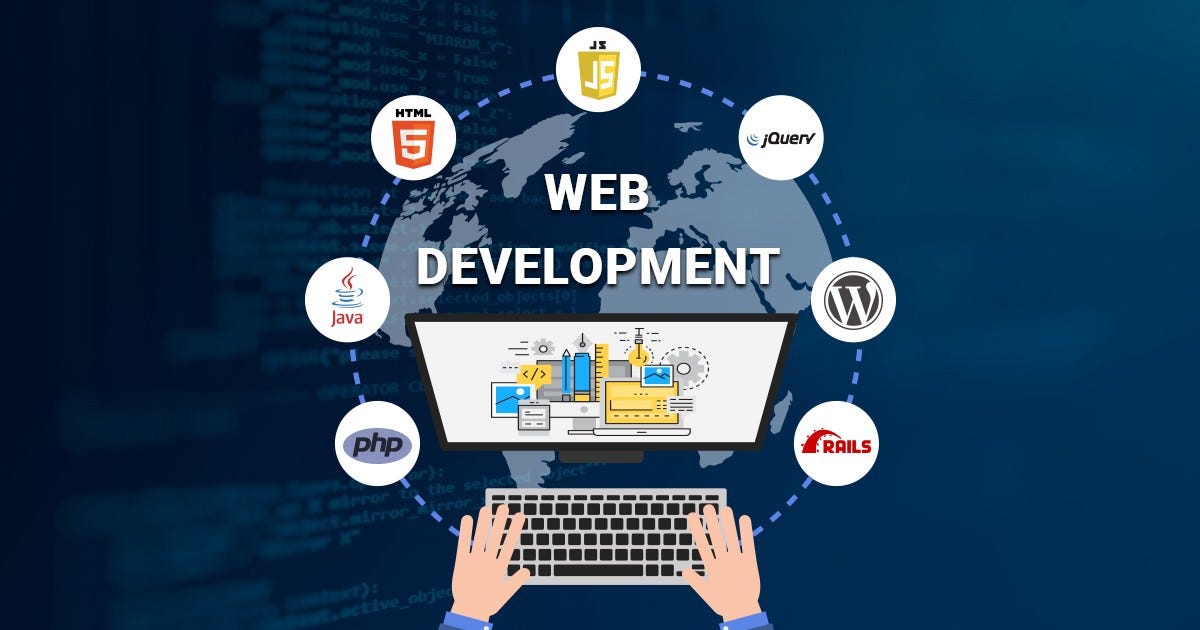
In the nexus of website development is the connection between aesthetics and function. Design encompasses the visual elements of a website, including layout, color scheme as well as typography and images. The first thing that visitors take note of and plays an essential part in shaping the perception of the brand. The website that is well designed not only looks aesthetically pleasing but also reflects the brand's identity and values. On the other hand, functionality is focused on technical factors that facilitate smooth navigation and interaction with users. This includes languages that code, such as HTML, CSS, and JavaScript which determine how the site behaves and responds to input from the user.
After the initial planning stage has been completed, it's now time to give life to the digital blueprint through code and programming. Web development includes two main areas: front-end development and back-end development. The development focused on front-end is aspects of the website that users interact with, including layout as well as navigation and interface design. Back-end development is the process of creating the infrastructure for the website. This includes servers, databases, as well as application functions. Both front-end and back-end development are essential to create a seamless and functional website experience.
After the design has been established Website Development move to the phase of implementation, when the site begins to take shape. The implementation phase involves coding, programming, and integrating various technologies to bring the design to live. Front-end development focuses on the aspect of the site that is accessible to users such as design, layout, and features that interact. Back-end development includes servers-side scripting, management of databases and configuration on the server for performance and functionality. To receive new details please see my response

The process of developing websites has been affected by advancements in technology as well as changing customer expectations. Mobile devices' growth is forcing the implementation of the principles of responsive design, which has forced designers to focus on versatility and efficiency across various platforms. In addition, the rise in artificial intelligence (AI) as well as machine-learning has enabled developers to design personalized and even predictive experiences, leveraging data insights to adapt content and suggestions to each user's needs.
With the constantly evolving landscape of web development, keeping current with new technologies and developments is essential. From responsive design and mobile optimization to the development of progressive websites as well as voice interfaces, advances continuously alter how websites are created and consumed. Designers need to embrace the latest developments in order to adapt their expertise and methods to stay relevant in the online marketplace. Also, constant up-to-dates and maintenance are crucial to keep the website secure, functional, and relevant for a long time.